Ground shipping is currently paused. Local deliveries throughout Long Island will continue as usual. Pre-orders for fall are now open. Non-local orders will begin shipping again in early September. Click here to learn more.
Ground shipping is currently paused. Local deliveries throughout Long Island will continue as usual. Pre-orders for fall are now open. Non-local orders will begin shipping again in early September. Click here to learn more.
| Size | |
|---|---|
| Common Name | |
| Type | |
| Family | |
| Native? | |
| Zone | 4, 5, 6, 7, 8, 9 |
| Height Range (ft.) | 2.00 to 4.00 |
| Spread (ft.) | 2.00 to 4.00 |
| Bloom Time | |
| Bloom Description | Yellowish-green |
| Sun | |
| Water | |
| Flower | |
| Maintenance | |
| Suggested Use | |
| Tolerate | |
| Growth Rate | |
| Attracts |
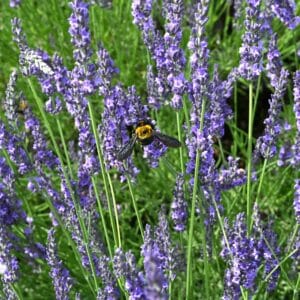
Juncus effusus – Soft Rush is a striking native perennial with upright green stems, ideal for rain gardens, water features, and wetlands. Thriving in moist soils, it supports wildlife, stabilizes soil, and adds texture and elegance to naturalized or eco-friendly landscape
$12.99 – $75.00Price range: $12.99 through $75.00
Please note: Sizes 1.5 Gallon and up can’t be shipped outside the counties of Nassau, Suffolk, and Queens.
Learn more about how the process works and how our plants are delivered.
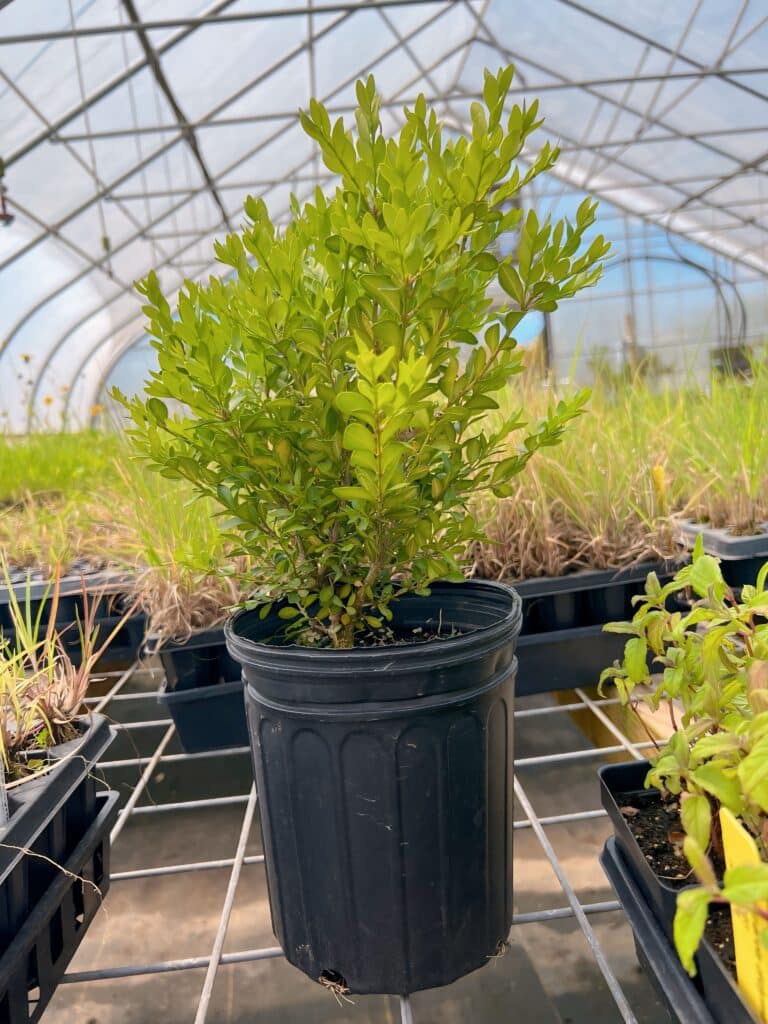
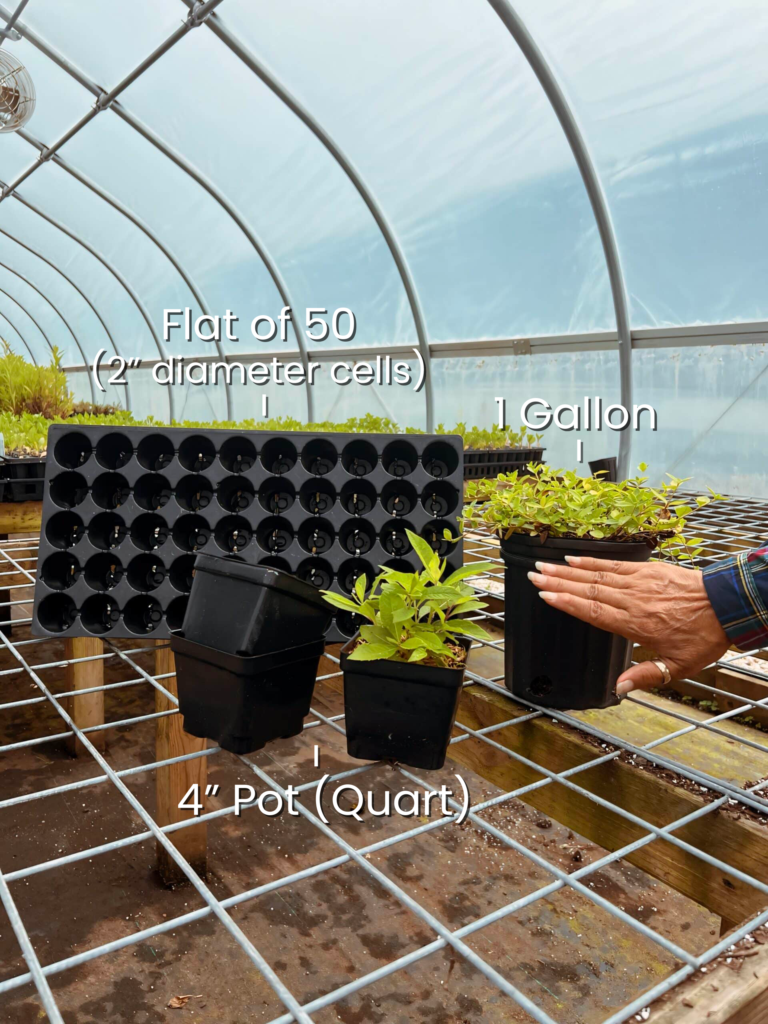
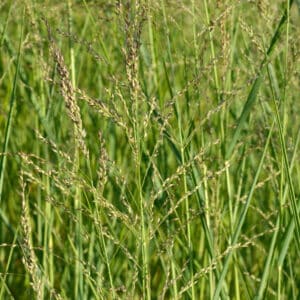
Ground shipping is paused due to summer heat. Only local delivery (Long Island & Queens) is available. Orders placed during the pause will begin processing September 1, and ground shipping will resume September 15.
| Size | |
|---|---|
| Common Name | |
| Type | |
| Family | |
| Native? | |
| Zone | 4, 5, 6, 7, 8, 9 |
| Height Range (ft.) | 2.00 to 4.00 |
| Spread (ft.) | 2.00 to 4.00 |
| Bloom Time | |
| Bloom Description | Yellowish-green |
| Sun | |
| Water | |
| Flower | |
| Maintenance | |
| Suggested Use | |
| Tolerate | |
| Growth Rate | |
| Attracts |
Transform your garden with the elegant beauty and ecological benefits of Juncus effusus, commonly known as Soft Rush. This striking native perennial adds a bold vertical element to your landscape with its graceful, upright, cylindrical green stems. A true champion of wet environments, Soft Rush thrives in rain gardens, near water features, or along streambanks, where it creates a lush, calming presence while serving as a vital support for wildlife. With its versatile nature and stunning silhouette, Soft Rush is more than just a plant—it’s an invitation to experience the serenity and vitality of nature in your own backyard.
Soft Rush is a show-stopping addition to rain gardens, wetland edges, or water features, where its sleek green stems reflect beautifully in water. Use it to stabilize slopes, soften streambanks, or add height to low-lying areas. Pair it with other moisture-loving natives like Swamp Milkweed or Cardinal Flower for a vibrant and biodiverse display. Its elegant, sculptural form adds a contemporary touch to naturalized or modern landscapes.
Not only does Juncus effusus beautify wet spaces, but it also works hard to support the environment. Its dense root system stabilizes soil, prevents erosion, and filters out pollutants, improving water quality. The plant also provides crucial habitat and shelter for birds, frogs, and beneficial insects, making your garden a thriving hub of biodiversity.
Elevate your garden with the captivating beauty and eco-friendly benefits of Juncus effusus – Soft Rush. Whether gracing a rain garden, edging a pond, or filling a low-lying area, this resilient and graceful plant will bring life, texture, and purpose to your landscape.
/5
Total reviews
|
|
Persons recommended this product
Anonymous
Shopper
check_circle Verified
Shop owner replied
Was this helpful
Anonymous
Shopper
check_circle Verified
Shop owner replied
Was this helpful
There are no reviews yet.
Be the first to review “ ”
Your feedback helps us improve our service.
Please log in to submit a review.
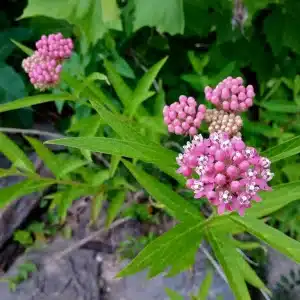
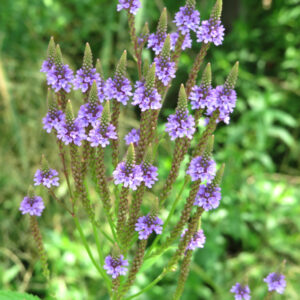
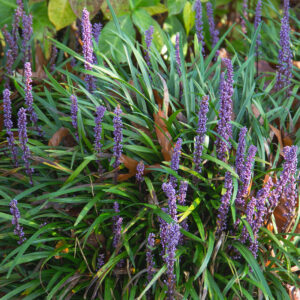
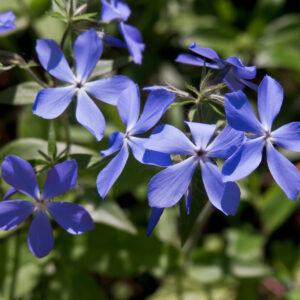
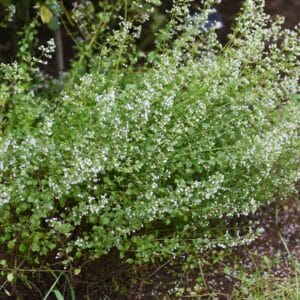

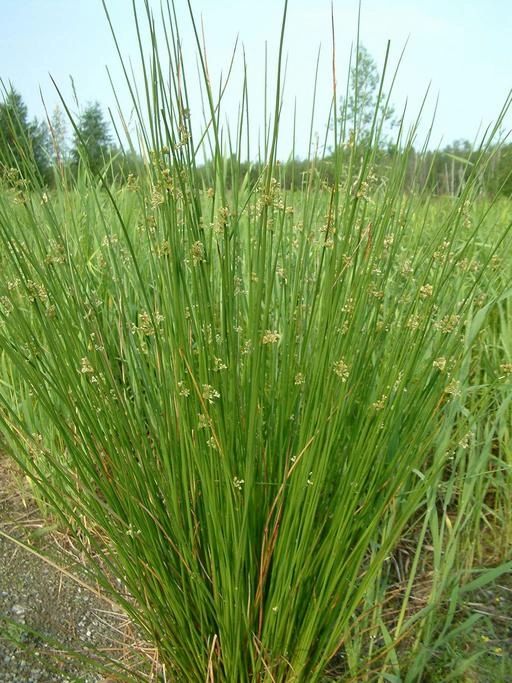
Soft Rush thrives in full sun and prefers wet soils, often found in bogs, marshes, and swamps. It can tolerate standing water and is suitable for rain gardens, water features, and wetlands.
This perennial grass-like plant typically grows 2 to 4 feet tall and spreads 2 to 4 feet wide, forming dense clumps of upright, cylindrical, unbranched green stems.
It blooms from June to August, producing yellowish-green flowers that are not particularly showy. The inflorescence appears to emerge from one side of the stem about 20 cm from the top.
Yes, Soft Rush provides habitats for various wildlife, including wildfowl, waders, and small mammals. Its dense stands offer nesting sites and shelter, while the root systems help stabilize soil and improve water quality by filtering suspended solids and uptaking nutrients.
No, it is considered a low-maintenance plant. Once established, it requires minimal care and is effective for erosion control due to its deep, fibrous root system.
Our gift cards make it easy to share the beauty of plants, flowers, and all things green. Whether for a special occasion or just because, give the gift of choice and let them select their favorites to create a garden they’ll cherish.
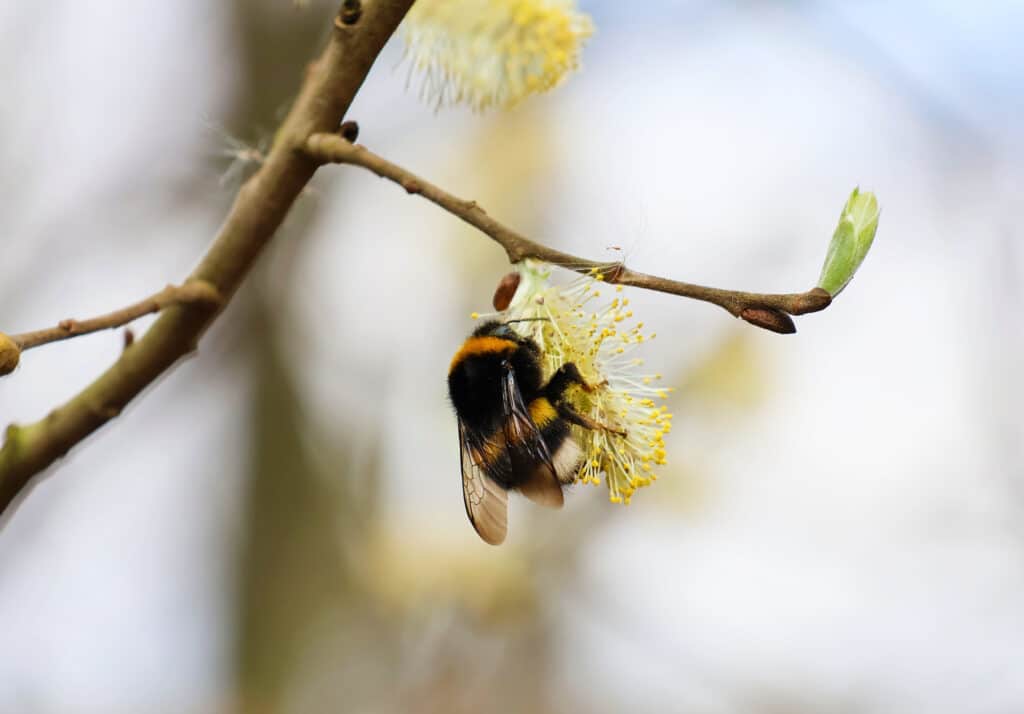
Only Local Delivery Available (Long Island & Queens)
Ground Shipping Paused
To protect our plants from extreme summer heat, we’ve paused nationwide ground shipping to avoid any damage during transit.
Local Delivery Only
We’re still delivering locally to Long Island and Queens, so nearby customers will continue to receive orders as usual.
Fall Pre-Orders Are Open Nationwide!
We will resume normal shipping for non-local orders placed during the pause in early September.
Thank you for your support and understanding—we’re looking forward to growing with you this fall!